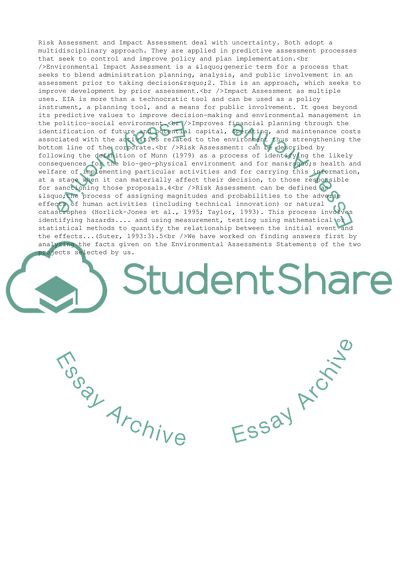Cite this document
(Risk Management Assessment Report Example | Topics and Well Written Essays - 1750 words, n.d.)
Risk Management Assessment Report Example | Topics and Well Written Essays - 1750 words. https://studentshare.org/management/1705993-risk-management
Risk Management Assessment Report Example | Topics and Well Written Essays - 1750 words. https://studentshare.org/management/1705993-risk-management
(Risk Management Assessment Report Example | Topics and Well Written Essays - 1750 Words)
Risk Management Assessment Report Example | Topics and Well Written Essays - 1750 Words. https://studentshare.org/management/1705993-risk-management.
Risk Management Assessment Report Example | Topics and Well Written Essays - 1750 Words. https://studentshare.org/management/1705993-risk-management.
“Risk Management Assessment Report Example | Topics and Well Written Essays - 1750 Words”. https://studentshare.org/management/1705993-risk-management.


